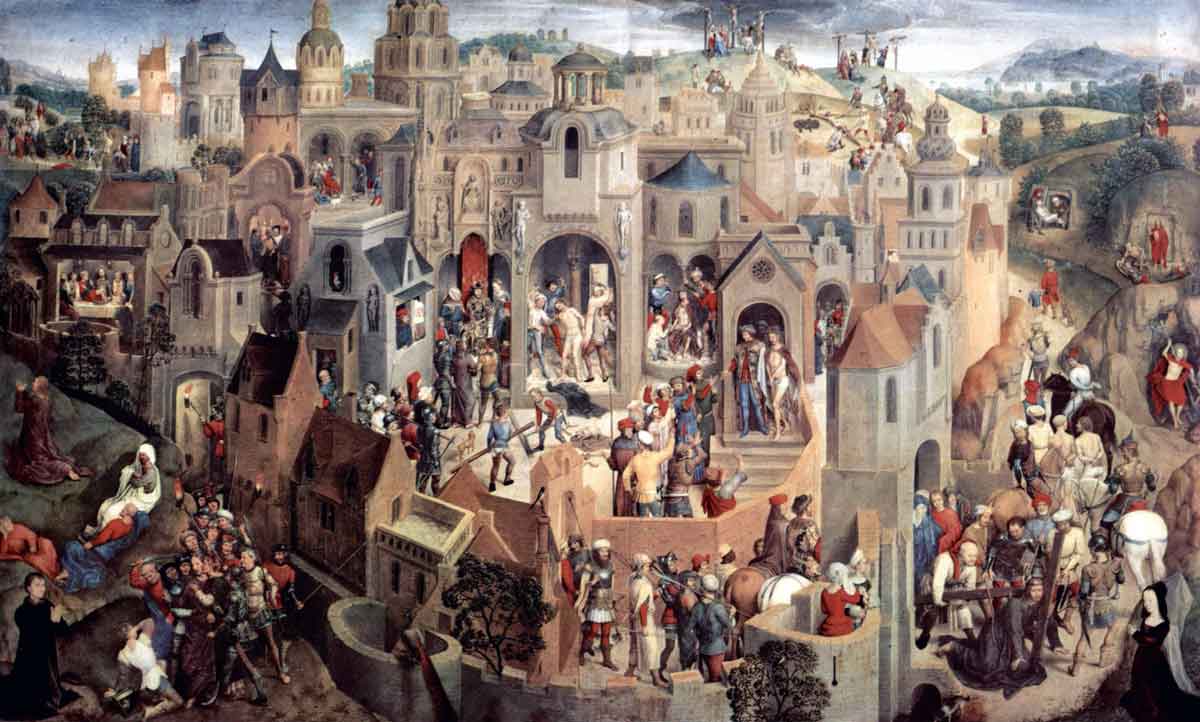OCTOBER 18 – ST. LUKE.
ST. LUKE, a physician at Antioch, and a painter, became a convert of St. Paul, and afterwards his fellow-laborer. He is best known to us as the historian of the New Testament. Though not an eyewitness of our Lord’s life, the Evangelist diligently gathered information from the lips of the Apostles, and wrote, as he tells us, all things in order. The Acts of the Apostles were written by this Evangelist as a sequel to his Gospel, bringing the history of the Church down to the first imprisonment of St. Paul at Rome. The humble historian never names himself, but by his occasional use of “we” for “they” we are able to detect his presence in the scenes which he describes. We thus find that he sailed with St. Paul and Silas from Troas to Macedonia; stayed behind apparently for seven years at Philippi, and, lastly, shared the shipwreck and perils of the memorable voyage to Rome. Here his own narrative ends, but from St. Paul’s Epistles we learn that St. Luke was his faithful companion to the end. He died a martyr’s death some time afterwards in Achaia.

REFLECTION: Christ has given all He had for thee; do thou give all thou hast for Him.
WORD OF THE DAY
CONCOMITANCE. The doctrine that explains why the whole Christ is present under each Eucharistic species. Christ is indivisible, so that his body cannot be separated from his blood, his human soul, his divine nature, and his divine personality. Consequently he is wholly present in the Eucharist. But only the substance of his body is the specific effect of the first consecration at Mass; his blood, soul, divinity, and personality become present by concomitance, i.e., by the inseparable connection that they have with his body. The Church also says the “substance” of Christ’s body because its accidents, though imperceptible, are also present by the same concomitance, not precisely because of the words of consecration.
In the second consecration, the conversion terminates specifically in the presence of the substance of Christ’s blood. But again by concomitance his body and entire self become present as well. (Etym. Latin concomitantia, accompaniment.)
Modern Catholic Dictionary, Fr. John Hardon SJ (Get the real one at Eternal Life — don’t accept an abridged or edited version of this masterpiece!)
This article, OCTOBER 18 – ST. LUKE. is a post from The Bellarmine Forum.
https://bellarmineforum.org/october-18-st-luke/
Do not repost the entire article without written permission. Reasonable excerpts may be reposted so long as it is linked to this page.

